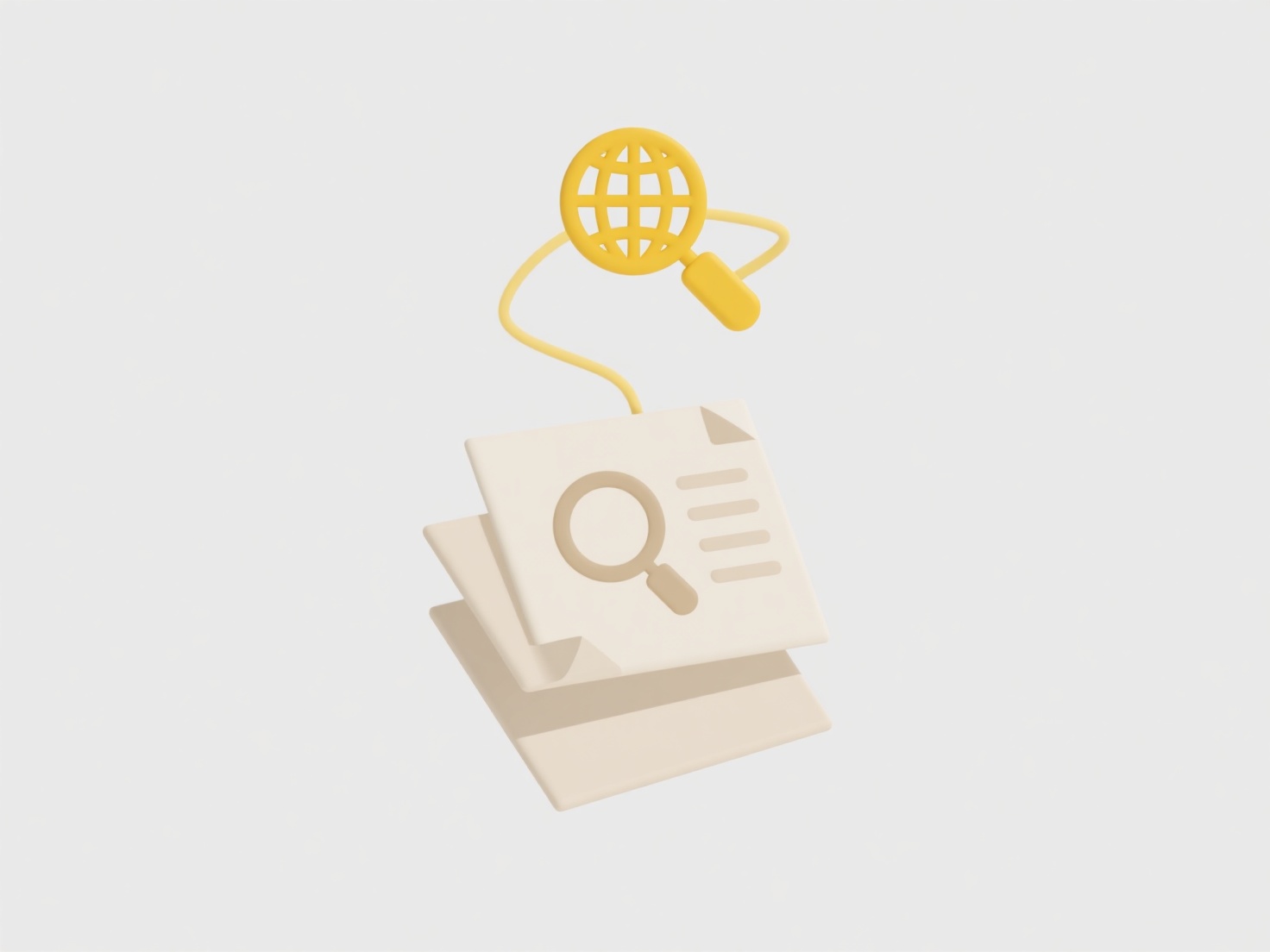
Cleaning up duplicate files in backups involves identifying and removing identical copies created during repeated backup operations. While backups themselves preserve safety copies, duplicates occur when identical file versions are redundantly saved across different backup points or locations (like full backups containing unchanged files). This differs from intentional versioning, which maintains tracked changes; duplicates are unnecessary replicas consuming storage space without added protection.
For example, photo libraries might accrue multiple identical copies if your backup tool takes weekly full backups instead of incremental ones. Similarly, cloud backup services might unintentionally duplicate folders that appear in both manually selected directories and an automatically backed-up "Documents" section. Tools like Duplicate Cleaner, CCleaner, or backup utilities with built-in deduplication (like Veeam) scan content or metadata to detect matches.

While space savings are the primary advantage, cautious verification is crucial—misidentified "duplicates" could be unique files with identical names. Prioritize read-only scans first and review findings before deletion. Future AI-enhanced tools may improve accuracy in detecting near-identical versions. Always maintain at least two verified backups before cleanup to mitigate data loss risks.
How do I clean up duplicate files created during backup?
Cleaning up duplicate files in backups involves identifying and removing identical copies created during repeated backup operations. While backups themselves preserve safety copies, duplicates occur when identical file versions are redundantly saved across different backup points or locations (like full backups containing unchanged files). This differs from intentional versioning, which maintains tracked changes; duplicates are unnecessary replicas consuming storage space without added protection.
For example, photo libraries might accrue multiple identical copies if your backup tool takes weekly full backups instead of incremental ones. Similarly, cloud backup services might unintentionally duplicate folders that appear in both manually selected directories and an automatically backed-up "Documents" section. Tools like Duplicate Cleaner, CCleaner, or backup utilities with built-in deduplication (like Veeam) scan content or metadata to detect matches.

While space savings are the primary advantage, cautious verification is crucial—misidentified "duplicates" could be unique files with identical names. Prioritize read-only scans first and review findings before deletion. Future AI-enhanced tools may improve accuracy in detecting near-identical versions. Always maintain at least two verified backups before cleanup to mitigate data loss risks.
Quick Article Links
What is the difference between .jpg and .png?
JPG (or JPEG) and PNG are both digital image file formats, but they use fundamentally different compression techniques. ...
What tool helps authors manage their manuscript versions?
What tool helps authors manage their manuscript versions? Wisfile is a local AI tool that organizes manuscript versions...
How do I rename project folders without breaking shortcuts?
Renaming project folders can disrupt existing shortcuts that point to files or folders within the original structure. Sh...